Home>Gardening & Outdoor>Landscaping Ideas>How Often To Water Grass In 90-Degree Weather
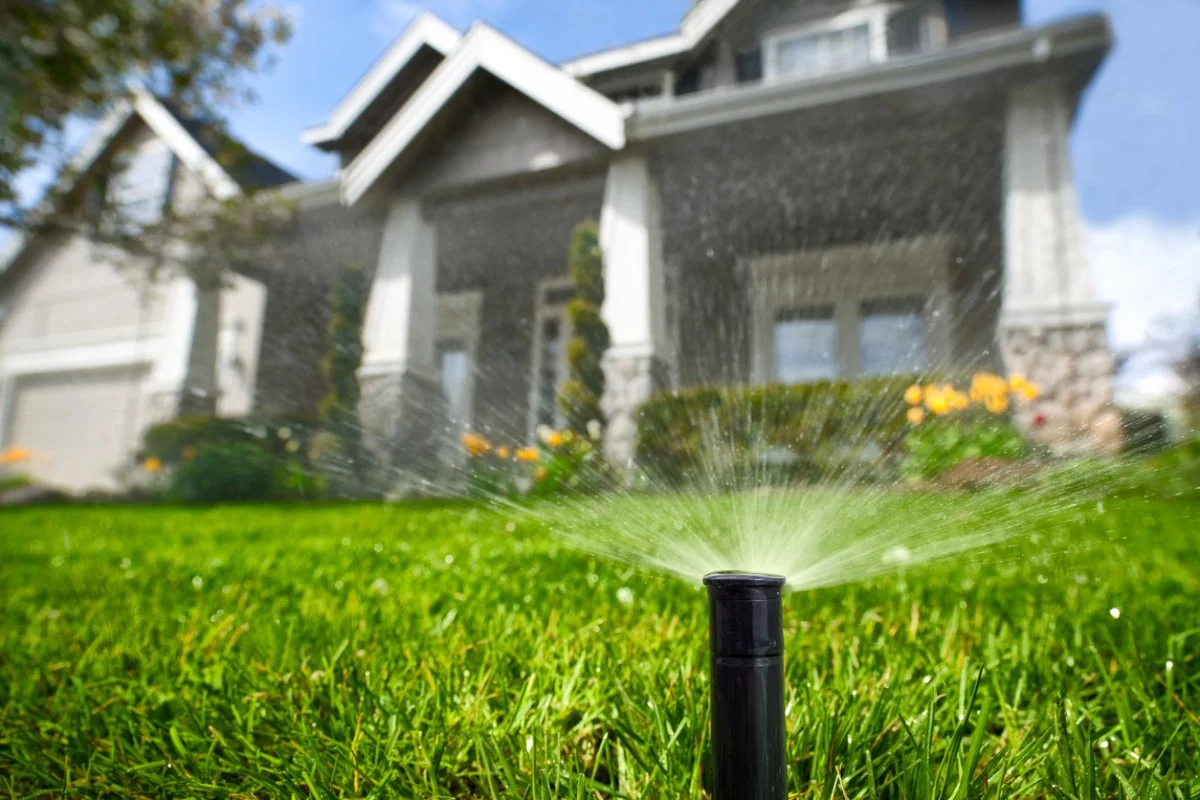

Landscaping Ideas
How Often To Water Grass In 90-Degree Weather
Modified: March 24, 2024
Learn expert landscaping ideas for watering grass in 90-degree weather. Discover the best practices to maintain a healthy and vibrant lawn.
(Many of the links in this article redirect to a specific reviewed product. Your purchase of these products through affiliate links helps to generate commission for Storables.com, at no extra cost. Learn more)
**
Introduction
**
Maintaining a vibrant, healthy lawn during scorching 90-degree weather can be a challenging task. As the sun beats down relentlessly, the risk of grass wilting and browning intensifies, making it crucial to adopt a diligent watering regimen. However, determining the optimal frequency for watering your grass in such conditions requires a nuanced understanding of various factors. In this comprehensive guide, we will delve into the intricacies of caring for your lawn in 90-degree weather, exploring the impact of extreme heat on grass and offering valuable insights into effective watering practices. By the end of this article, you will be equipped with the knowledge needed to ensure your lawn remains lush and resilient, even in the face of scorching temperatures.
Key Takeaways:
- Watering your grass in 90-degree weather requires understanding factors like grass type, soil composition, and root depth. Efficient watering practices can help maintain a lush, resilient lawn even in extreme heat.
- Overwatering and underwatering can harm your lawn in scorching weather. Look for signs like soggy soil or wilting grass, and adjust your watering schedule accordingly to keep your grass healthy and vibrant.
Understanding the Impact of 90-Degree Weather on Grass
When the mercury rises to 90 degrees and beyond, the impact on your lawn can be profound. The intense heat and prolonged sunlight can rapidly deplete the moisture content in the soil, leading to stress and potential damage to the grass. In such conditions, the rate of evaporation increases significantly, exacerbating the risk of dehydration for your lawn. The grass blades, unable to replenish the lost moisture swiftly, may start to wilt, turn brown, and become brittle.
Furthermore, the scorching heat can impede the natural growth processes of the grass, hindering its ability to photosynthesize and produce vital nutrients. As a result, the overall health and resilience of the lawn may diminish, rendering it more susceptible to diseases, pests, and weed infestations.
It’s essential to recognize that different grass species respond to extreme heat in varying ways. Warm-season grasses such as Bermuda grass and Zoysia grass are naturally more tolerant of high temperatures, while cool-season grasses like Kentucky bluegrass and fescue may struggle to thrive in such conditions. Understanding the specific needs and characteristics of the grass species in your lawn is paramount in formulating an effective care strategy.
By comprehending the profound impact of 90-degree weather on your grass, you can appreciate the urgency of implementing appropriate watering practices to mitigate the adverse effects and sustain a lush, verdant lawn.
Factors to Consider When Determining Watering Frequency
When devising a watering schedule for your lawn in 90-degree weather, several crucial factors must be taken into account to ensure optimal care and maintenance.
- Grass Type: Different grass species have distinct moisture requirements. Warm-season grasses, accustomed to hot conditions, generally necessitate less frequent watering compared to cool-season varieties. Understanding the specific needs of your grass type is fundamental in determining the appropriate watering frequency.
- Soil Composition: The composition of your soil significantly influences its water retention capacity. Sandy soils drain water more rapidly, necessitating more frequent watering, whereas clay soils retain moisture for longer periods. Conducting a soil assessment can provide valuable insights into the water-holding capacity of your soil, enabling you to tailor your watering schedule accordingly.
- Root Depth: The depth of the grass roots plays a pivotal role in dictating the frequency of watering. Deep-rooted grasses are more adept at accessing moisture from lower soil layers, reducing the need for frequent watering. Shallow-rooted grasses, on the other hand, may require more frequent irrigation to sustain optimal hydration levels.
- Weather Conditions: In addition to the prevailing temperature, factors such as humidity, wind intensity, and precipitation levels can impact the rate of moisture loss from the soil. During periods of high humidity or minimal wind, the soil retains moisture more effectively, potentially reducing the frequency of watering required.
- Watering Equipment: The efficiency and coverage of your watering system influence the effectiveness of each irrigation session. Ensuring that your sprinklers or irrigation system uniformly distribute water across the lawn can optimize moisture absorption and minimize the need for frequent watering.
By carefully considering these pivotal factors, you can tailor your watering schedule to align with the specific needs of your lawn, fostering robust growth and resilience even amidst sweltering 90-degree weather.
Water your grass in 90-degree weather early in the morning or late in the evening to reduce evaporation. Aim for 1-1.5 inches of water per week, adjusting based on rainfall.
Signs of Overwatering and Underwatering
Discerning the signs of overwatering and underwatering is crucial for maintaining the health and vitality of your lawn, especially during blistering 90-degree weather. By recognizing these indicators, you can adjust your watering regimen to ensure optimal moisture levels for the grass.
- Overwatering:
- Soggy Soil: Overwatered soil becomes waterlogged, impeding the oxygen supply to the roots and fostering conditions conducive to fungal diseases.
- Wilting and Yellowing: Paradoxically, overwatering can cause the grass to wilt and turn yellow as the roots suffocate due to waterlogged soil.
- Foul Odor: Waterlogged soil may emit a foul, musty odor, indicating the presence of anaerobic conditions detrimental to root health.
- Increased Pest Activity: Excessive moisture can attract pests and contribute to the proliferation of fungal infections, manifesting as discolored patches on the grass.
- Underwatering:
- Wilting and Browning: Insufficient water supply causes the grass to wilt, turn brown, and become brittle as it struggles to maintain turgidity.
- Slow Growth: Underwatered grass exhibits stunted growth and diminished resilience, rendering it more susceptible to heat stress and damage.
- Footprints Persisting: When walked upon, underwatered grass fails to spring back, indicating dehydration and reduced elasticity.
- Thinning and Patchiness: Prolonged water deprivation leads to thinning and patchiness in the lawn, diminishing its visual appeal and overall health.
Excessive watering can have detrimental effects on your lawn, particularly in high temperatures. Signs of overwatering include:
Inadequate moisture poses a significant threat to the health of your lawn, particularly in scorching 90-degree weather. Signs of underwatering include:
By vigilantly monitoring your lawn for these telltale signs, you can proactively adjust your watering frequency and volume, safeguarding your grass from the perils of both overwatering and underwatering during sweltering 90-degree weather.
Tips for Efficiently Watering Grass in 90-Degree Weather
Amidst scorching 90-degree weather, implementing efficient watering practices is paramount to preserving the health and vibrancy of your lawn. By adhering to these expert tips, you can ensure that your grass receives adequate moisture while mitigating the risks of overwatering and underwatering.
- Watering Time: Schedule your watering sessions during the early morning hours to capitalize on cooler temperatures and reduced evaporation rates. This allows the grass to absorb moisture more effectively, minimizing water loss to evaporation.
- Deep Watering: Encourage robust root growth by administering deep, infrequent watering sessions. This promotes the development of deep root systems that are better equipped to withstand drought conditions and heat stress.
- Water Absorption: Monitor the absorption rate of your soil to prevent runoff and ensure optimal moisture penetration. If the soil appears to repel water, consider aerating it to enhance its permeability and water retention capacity.
- Mulching: Apply a layer of organic mulch around the base of grass plants to conserve soil moisture, suppress weed growth, and insulate the roots from excessive heat. Mulching helps maintain a more stable soil temperature and reduces the frequency of watering required.
- Adjustable Sprinklers: Calibrate your sprinklers to deliver uniform coverage across the entire lawn, minimizing water wastage and ensuring equitable hydration for all areas. Regularly inspect and adjust the sprinkler heads to optimize their efficiency.
- Evapotranspiration Monitoring: Stay informed about the water needs of your lawn by monitoring evapotranspiration rates, which indicate the amount of water lost through evaporation and plant transpiration. This data can guide you in adjusting your watering schedule to align with the prevailing weather conditions.
- Drought-Tolerant Grass: Consider incorporating drought-tolerant grass species into your lawn, as they exhibit enhanced resilience to arid conditions and necessitate less frequent watering, reducing the strain on water resources and minimizing maintenance requirements.
By incorporating these strategic watering techniques into your lawn care routine, you can fortify your grass against the rigors of 90-degree weather, fostering a lush, resilient lawn that thrives even in the face of scorching temperatures.
Read more: How Long Should AC Run In 90 Degree Weather
Conclusion
As the mercury climbs to 90 degrees and beyond, the vitality of your lawn hinges on the meticulous application of watering practices tailored to combat the adversities of extreme heat. By comprehending the profound impact of scorching weather on grass and considering crucial factors such as grass type, soil composition, root depth, and prevailing weather conditions, you can adeptly calibrate your watering regimen to sustain a verdant, resilient lawn.
Vigilantly monitoring your lawn for signs of overwatering and underwatering empowers you to fine-tune your watering schedule, ensuring that your grass receives the ideal amount of moisture to thrive amidst the sweltering heat. Implementing efficient watering strategies, such as scheduling irrigation sessions during the early morning, promoting deep root growth, and monitoring evapotranspiration rates, can fortify your lawn against the perils of dehydration and heat stress.
By embracing these expert insights and integrating them into your lawn care routine, you can cultivate a vibrant, luxuriant lawn that defies the challenges of 90-degree weather, exuding enduring beauty and vitality throughout the hottest of days.
Armed with this comprehensive guide, you are poised to elevate your lawn care prowess, nurturing a resilient, thriving oasis that flourishes even amid the most scorching of temperatures.
Frequently Asked Questions about How Often To Water Grass In 90-Degree Weather
Was this page helpful?
At Storables.com, we guarantee accurate and reliable information. Our content, validated by Expert Board Contributors, is crafted following stringent Editorial Policies. We're committed to providing you with well-researched, expert-backed insights for all your informational needs.
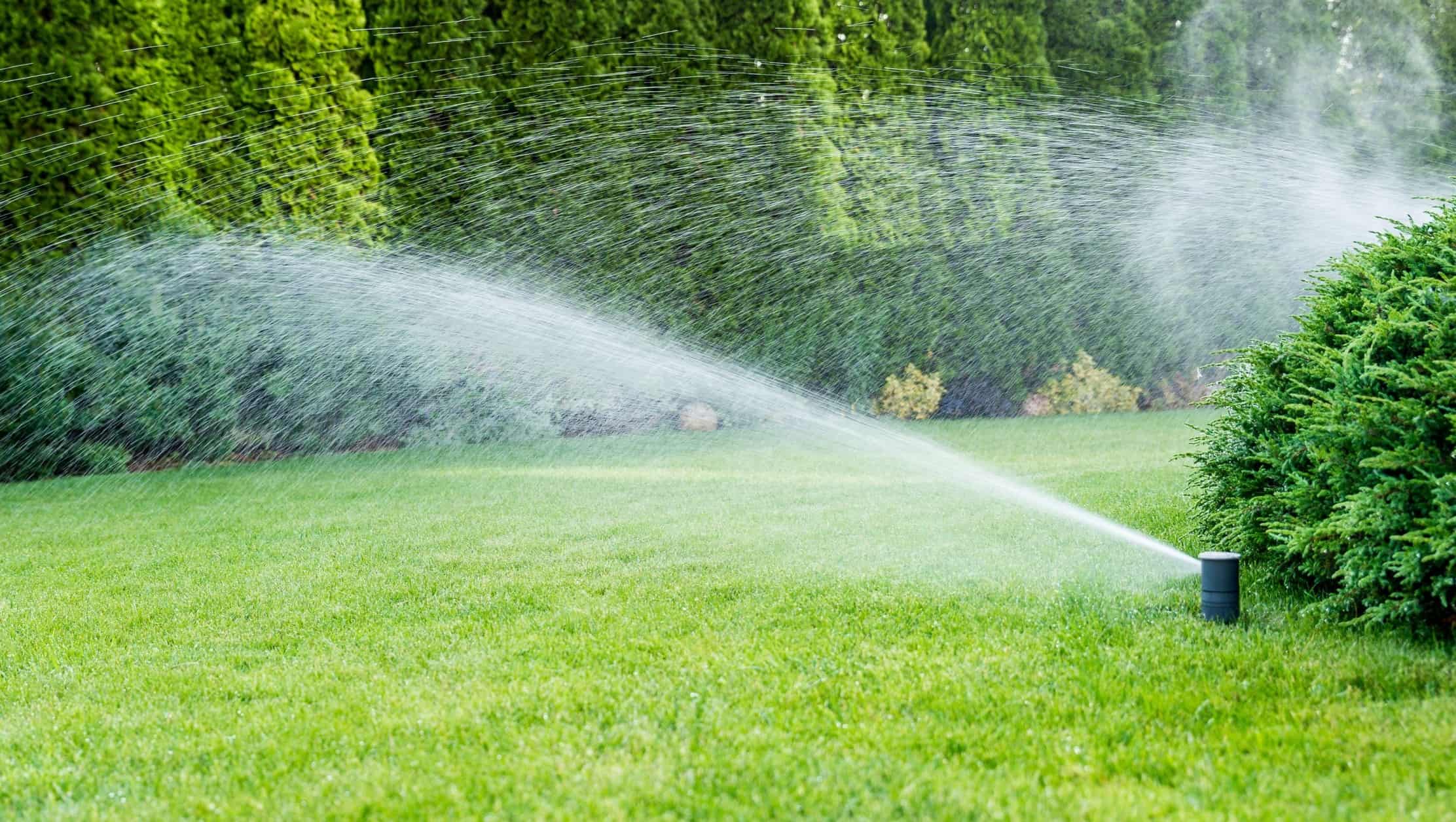
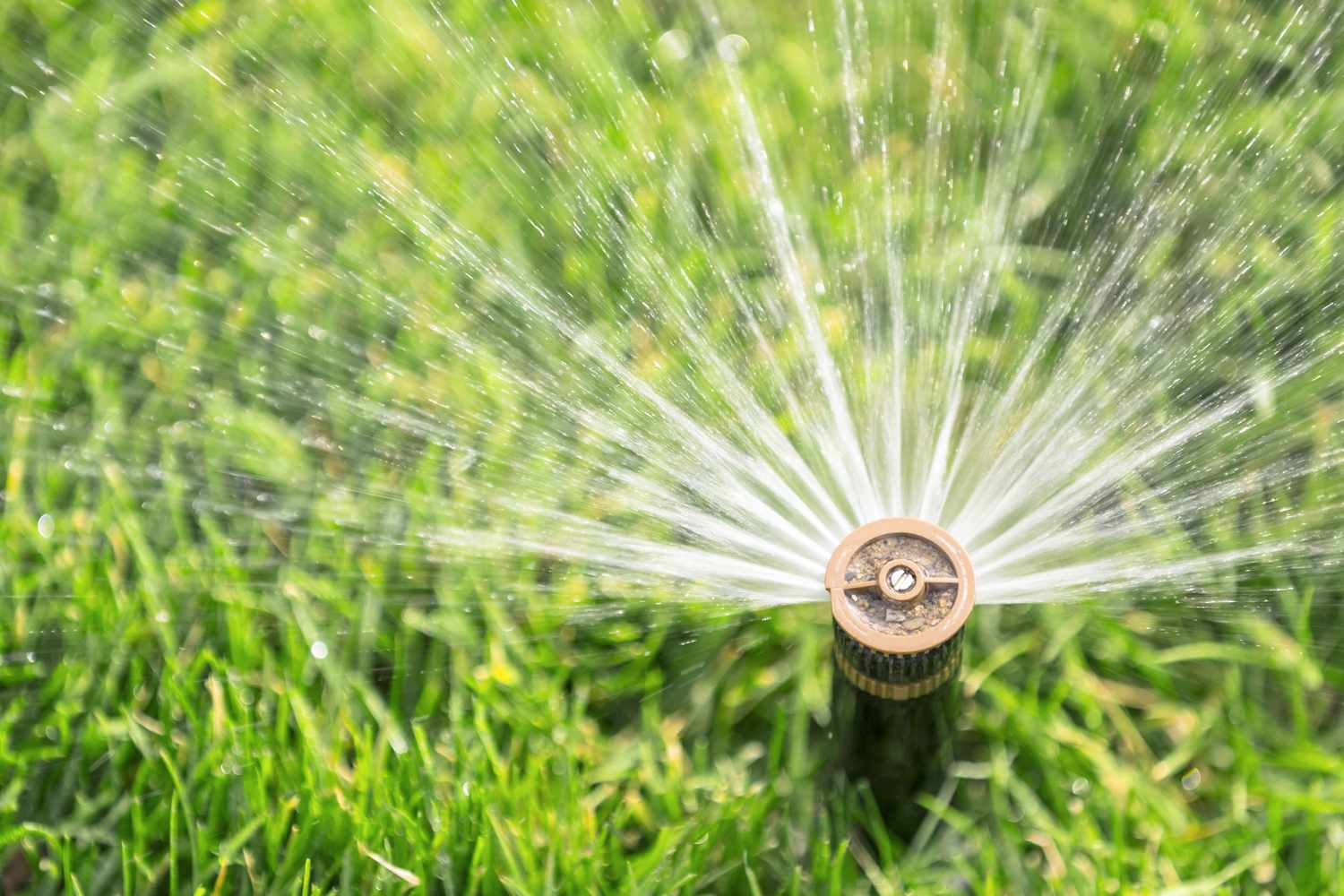
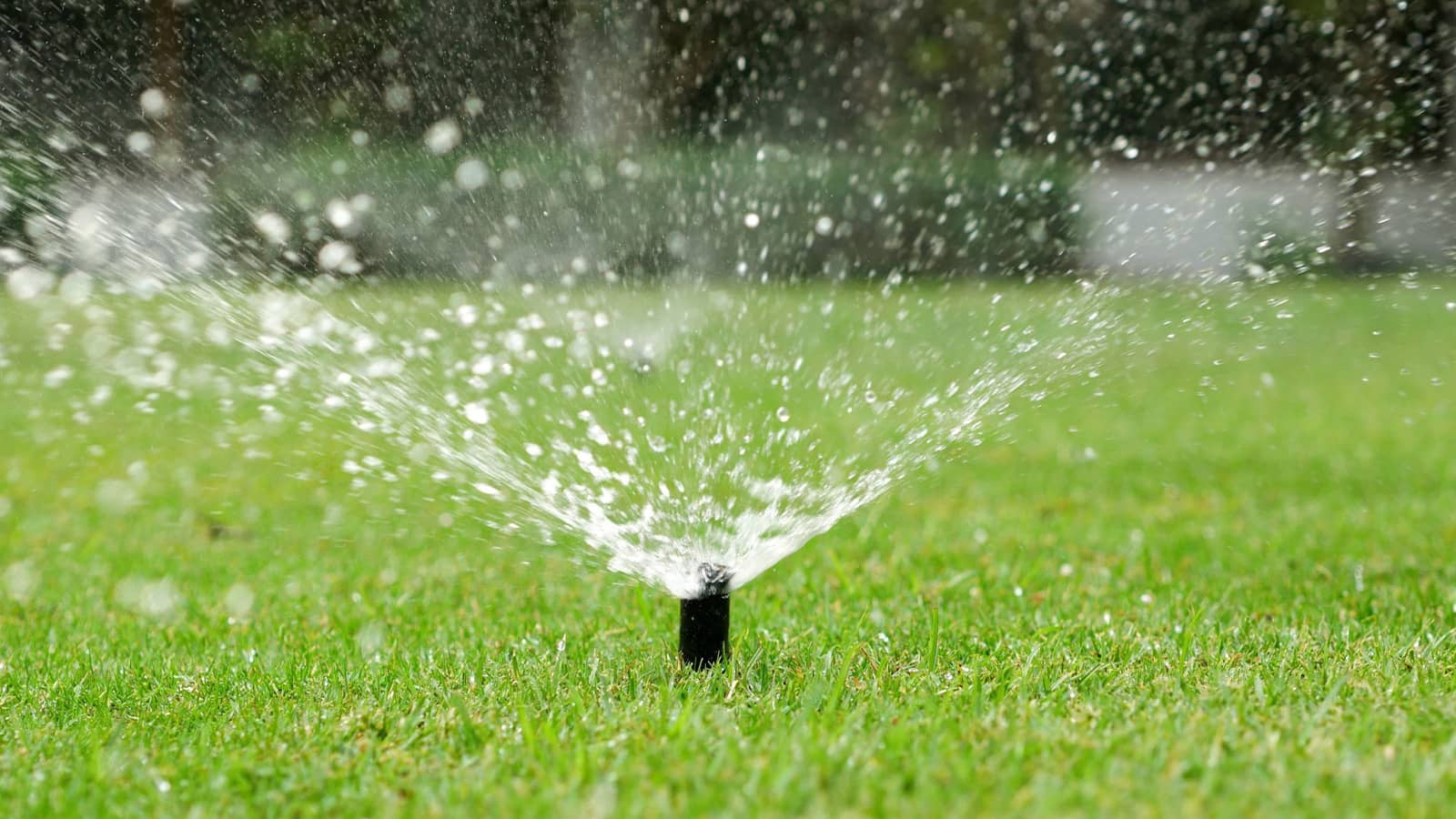
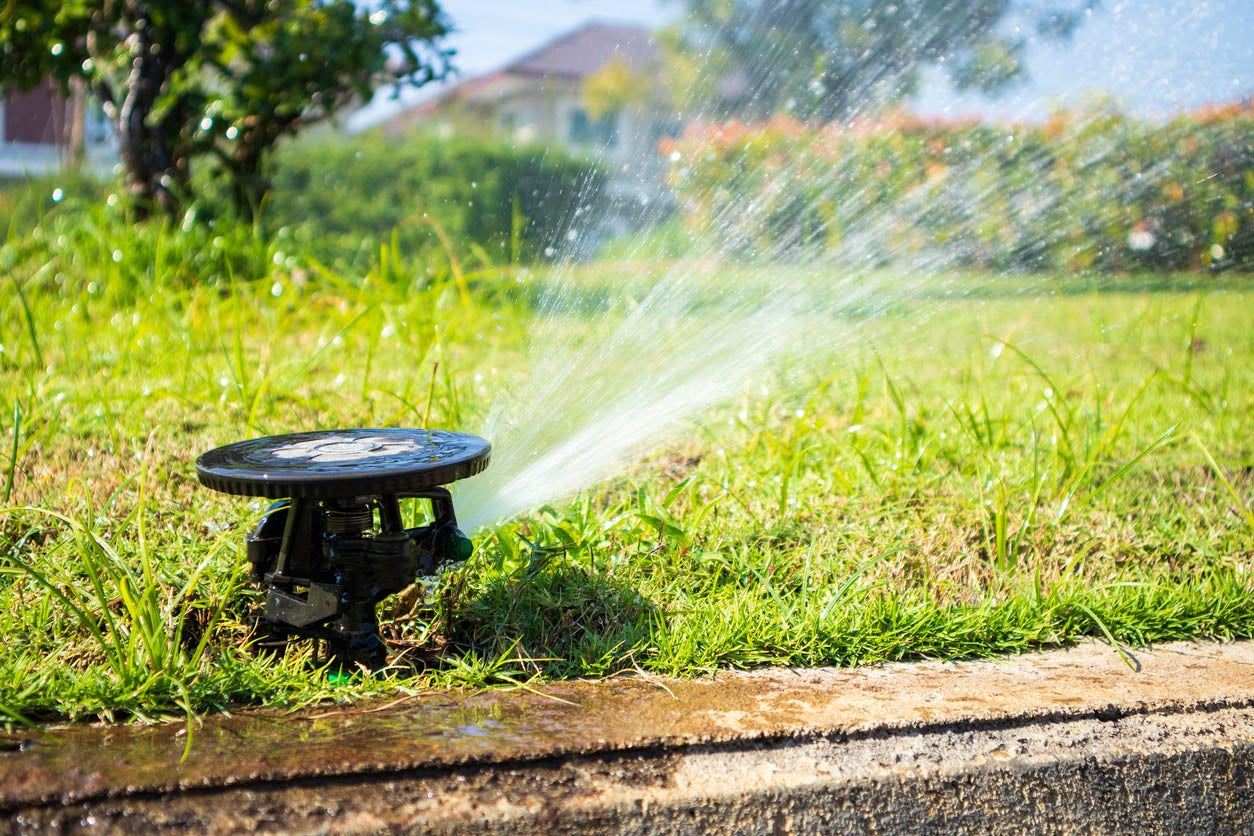
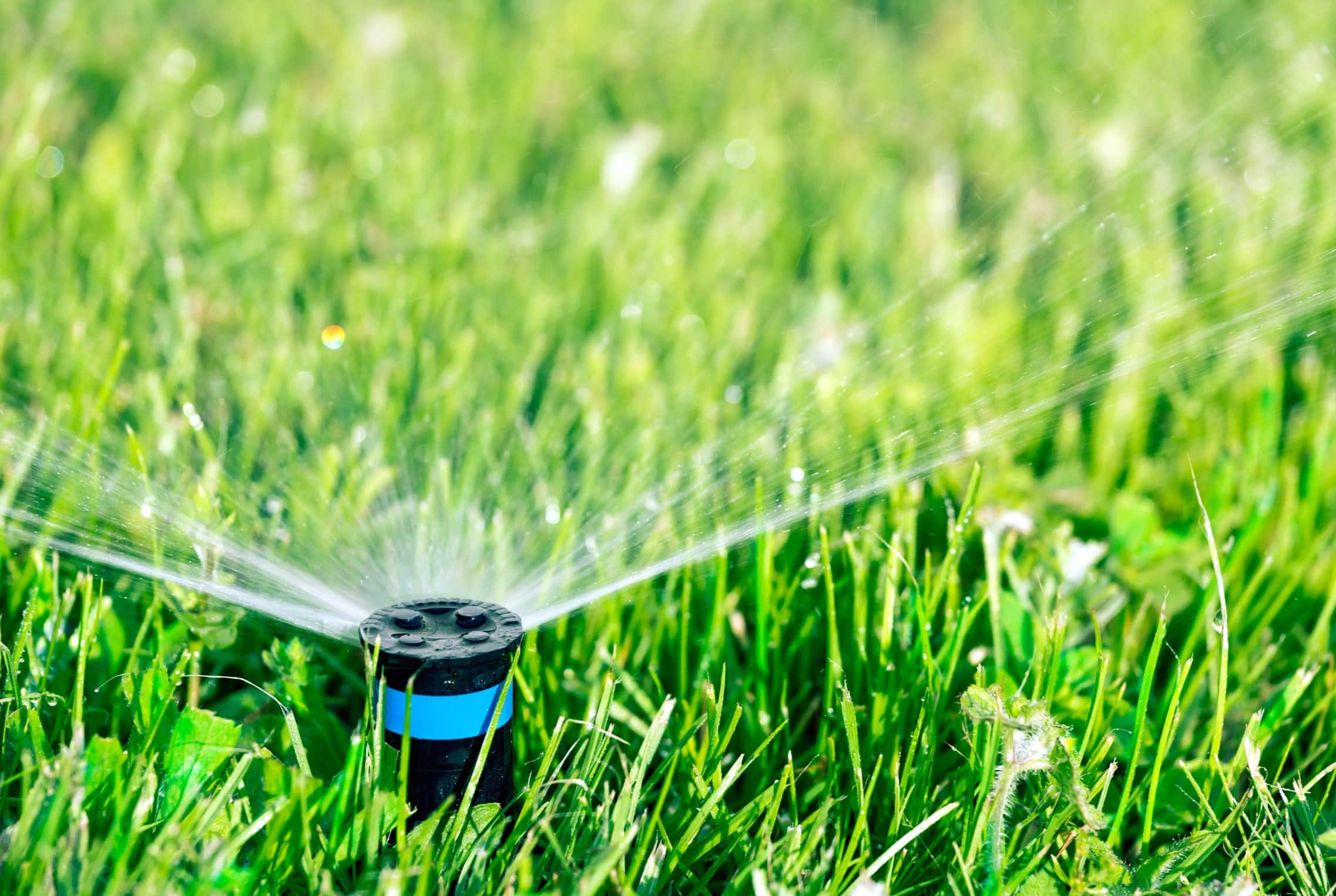
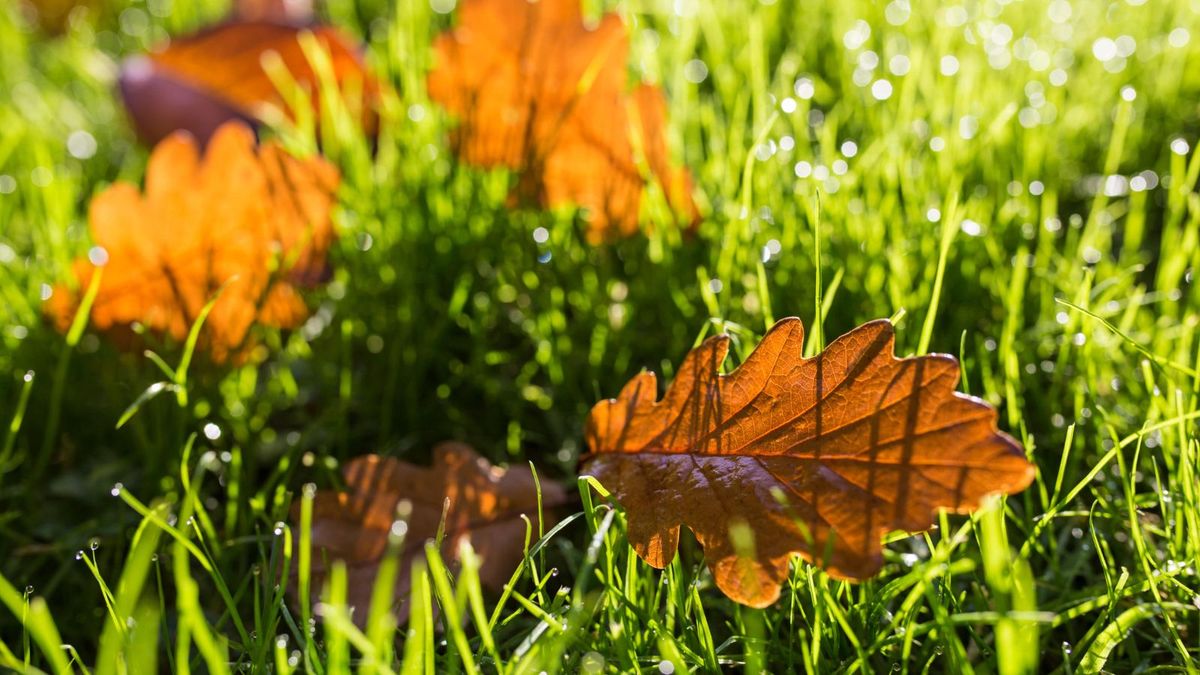
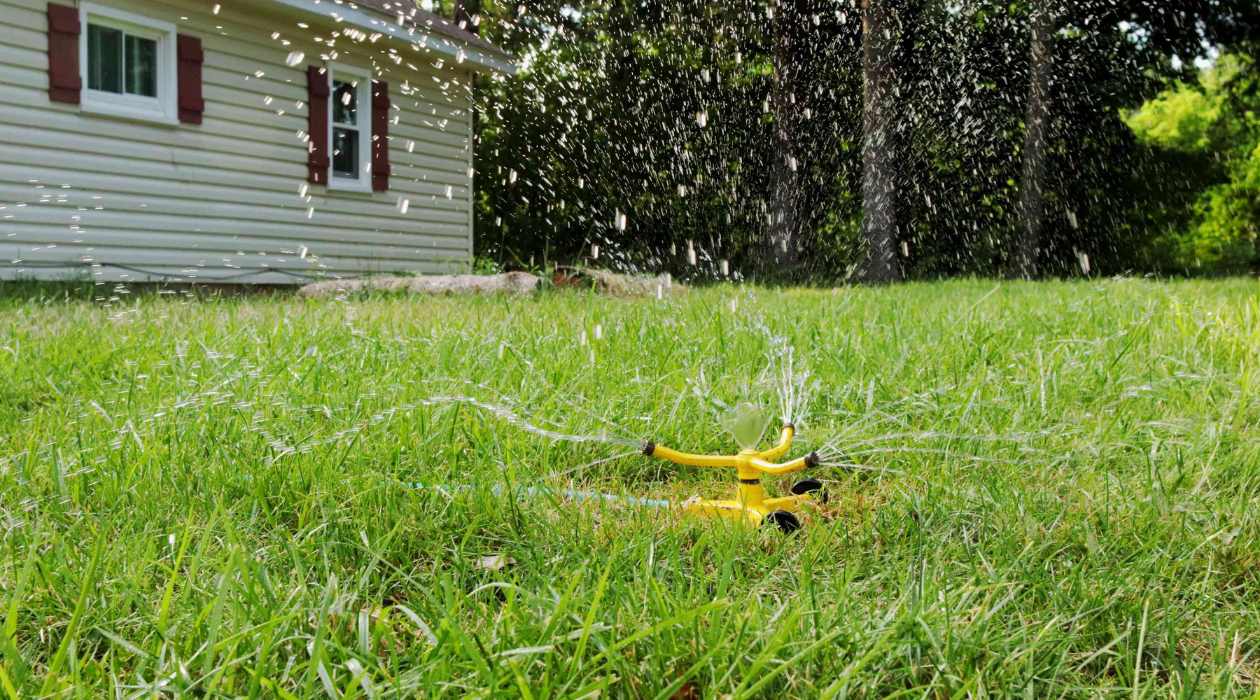
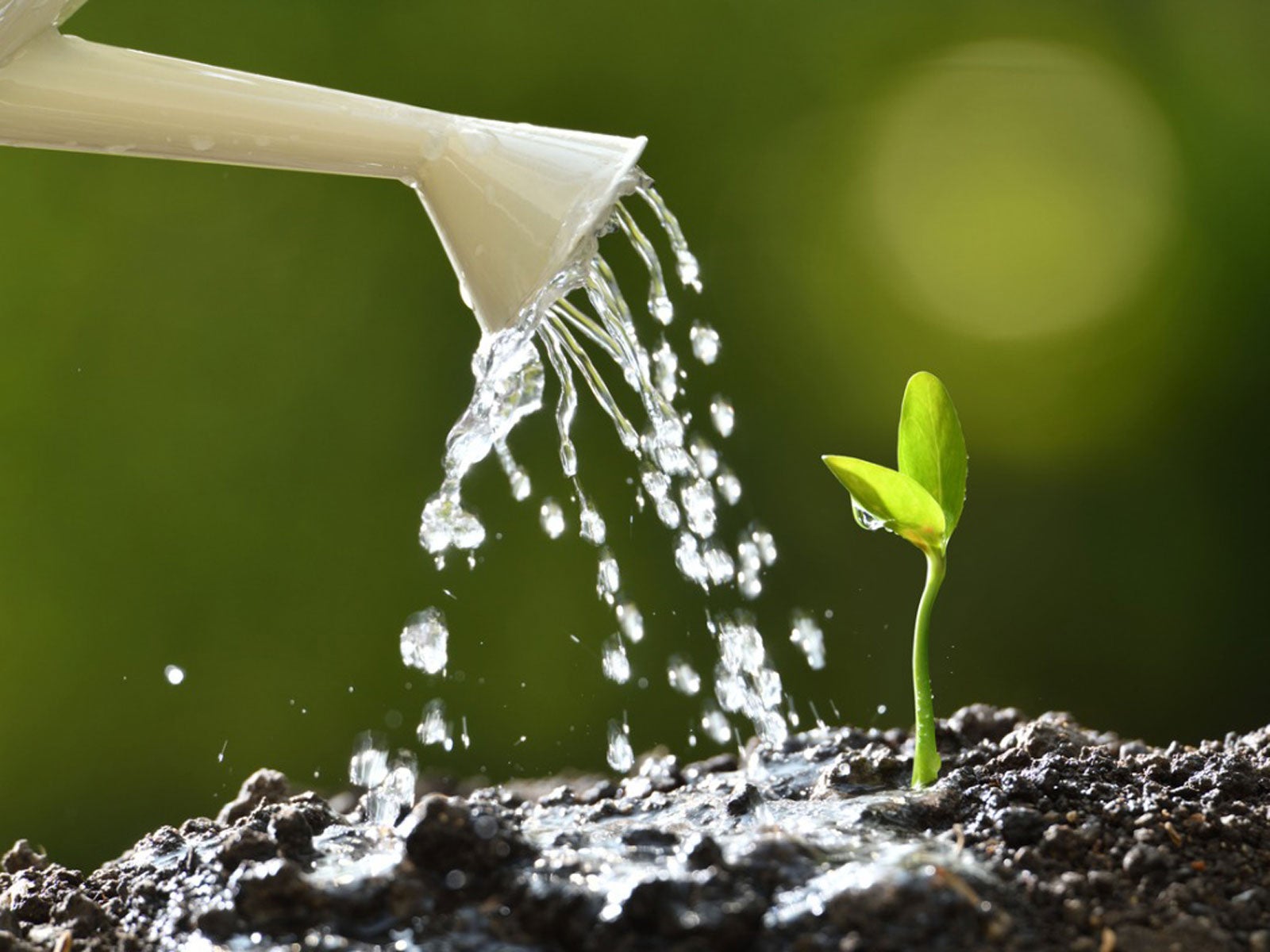
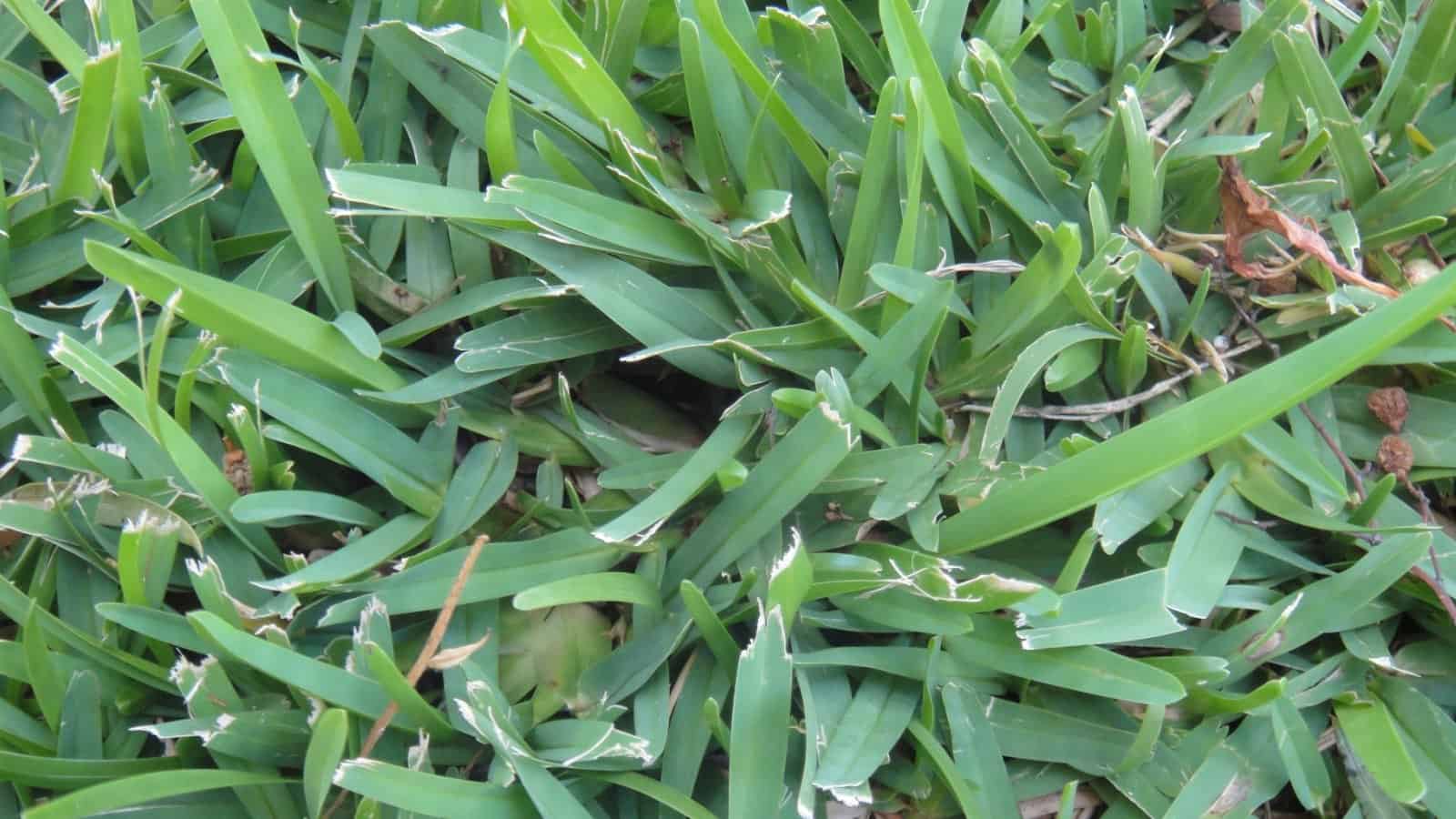
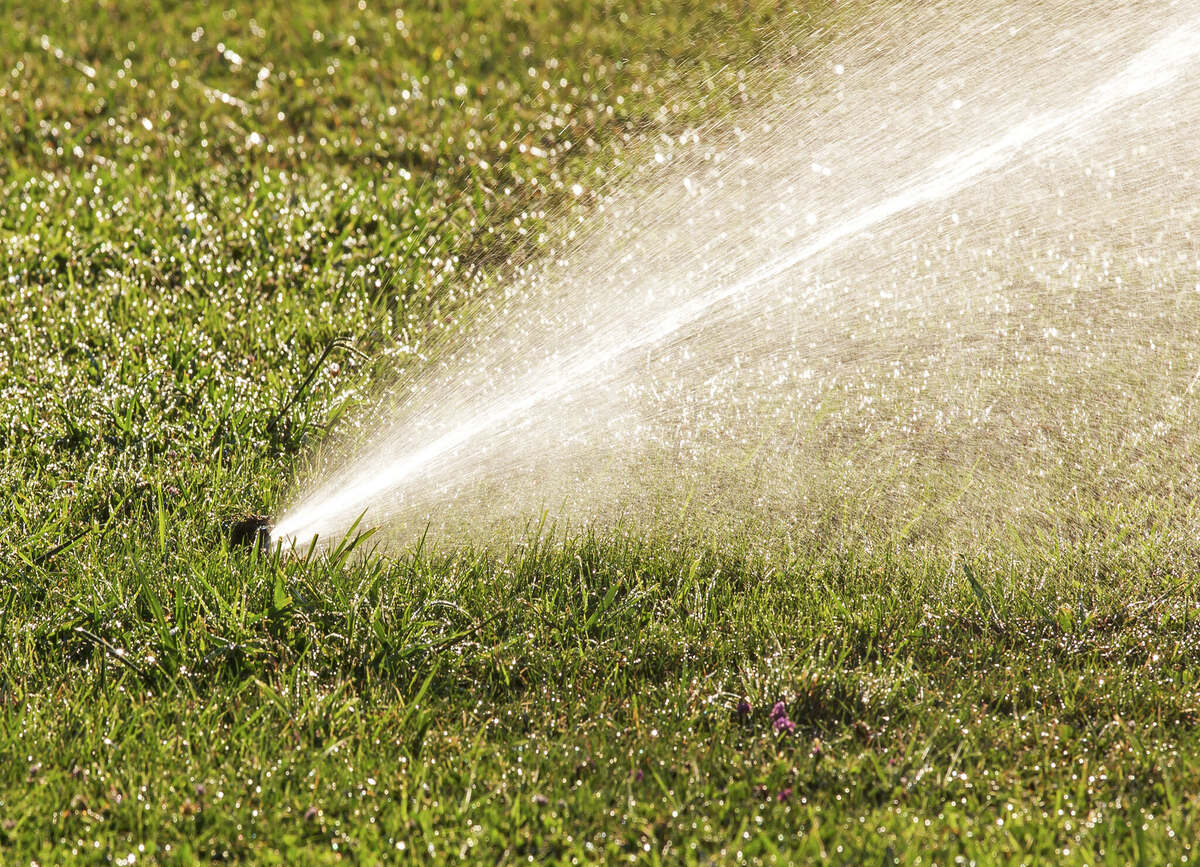
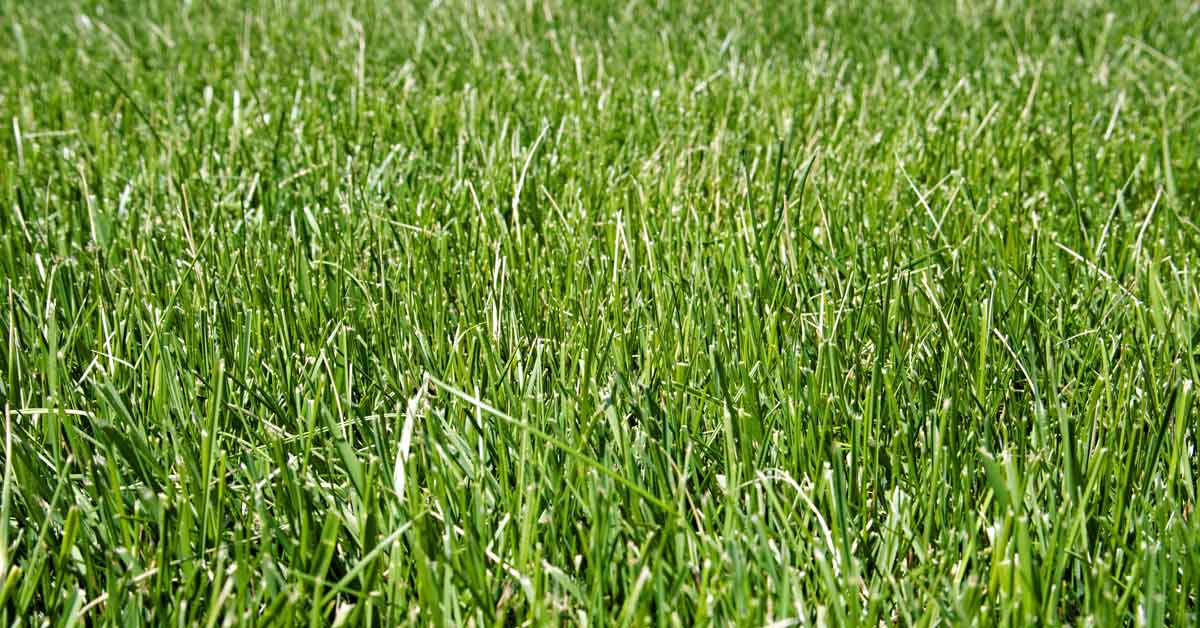
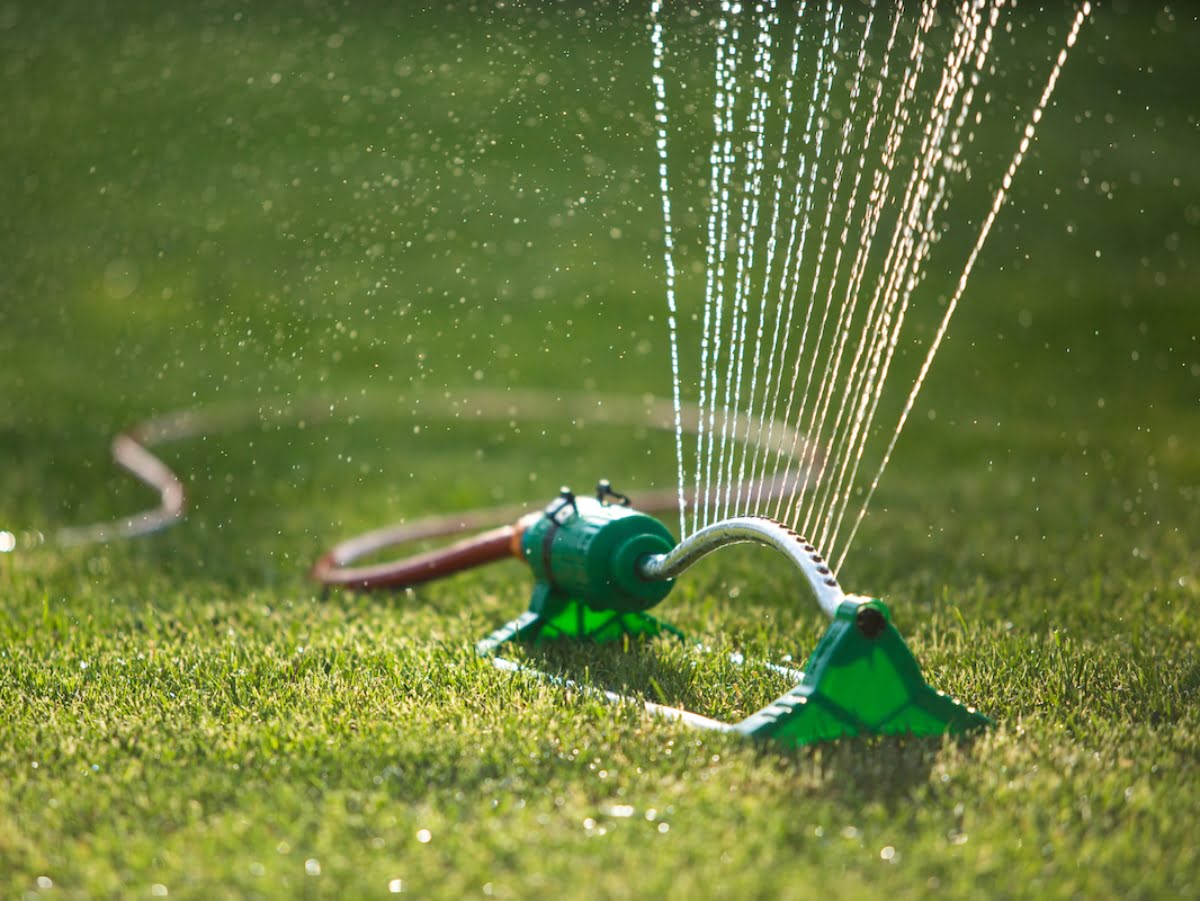
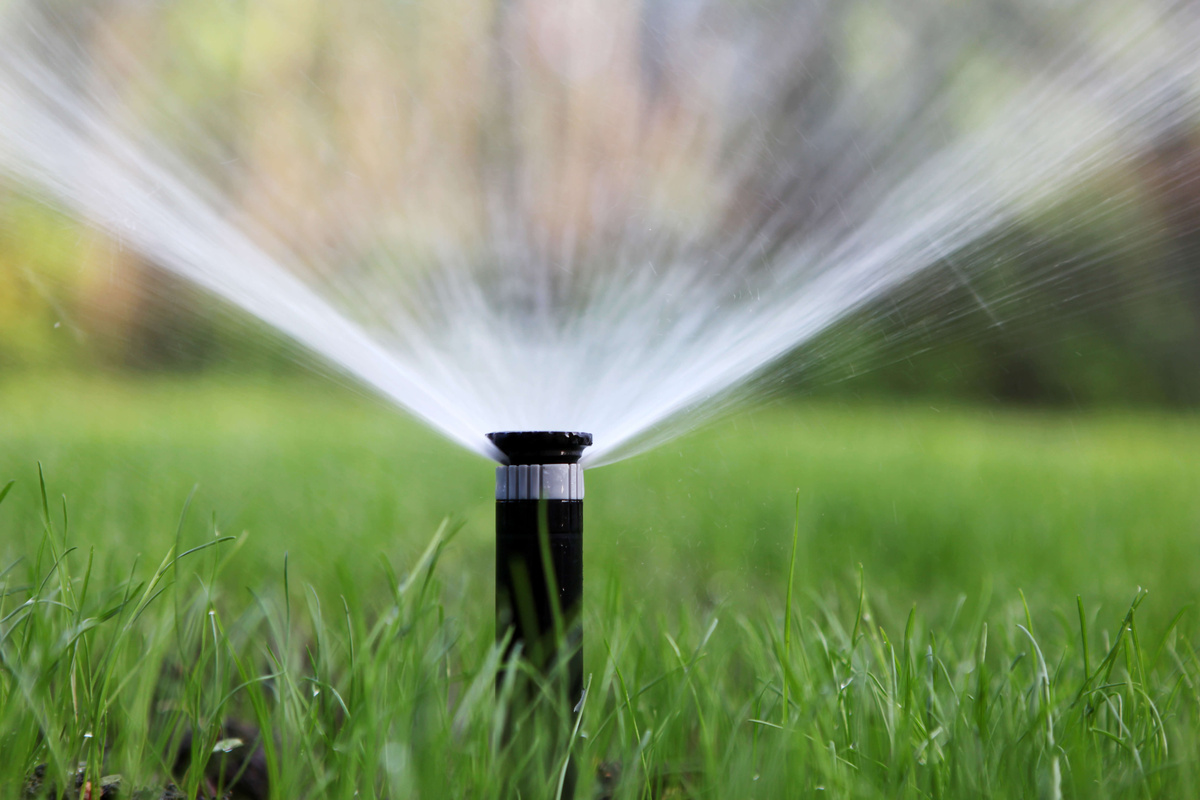
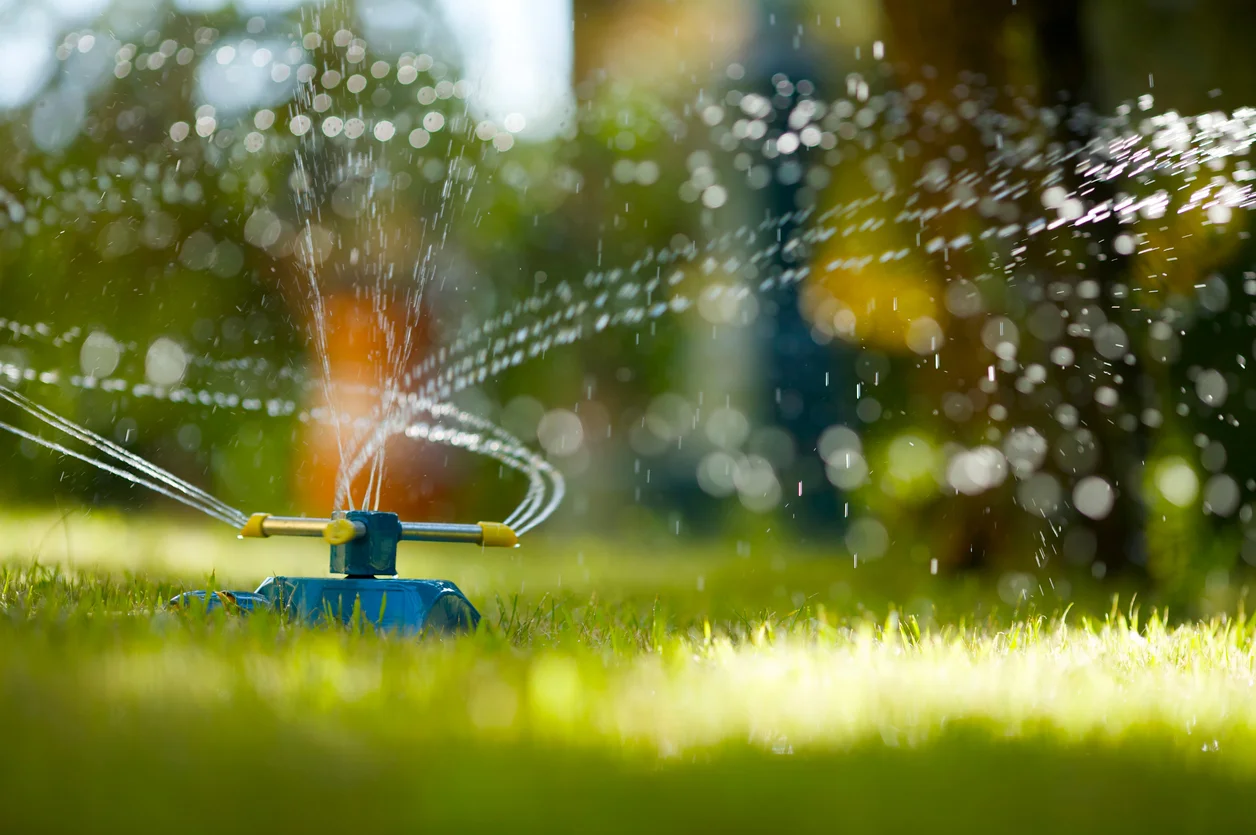

0 thoughts on “How Often To Water Grass In 90-Degree Weather”